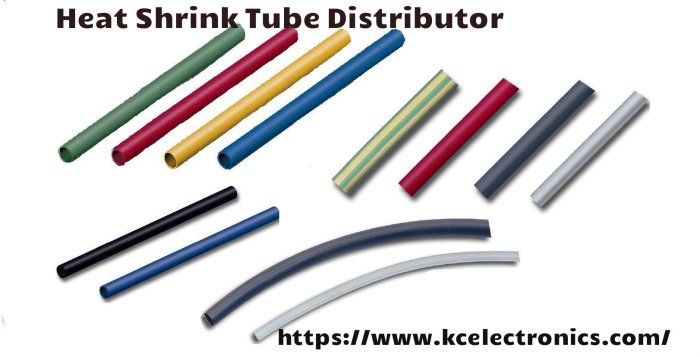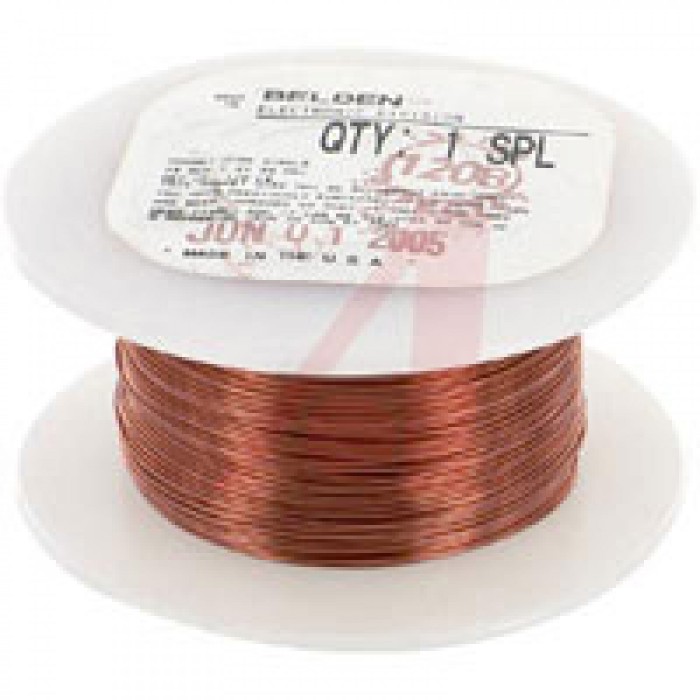Heat shrink tubing is a quite engaging application and it serves a countless of purposes.
Although heat shrink tubing is the official title of the procedure, it is generally referred to as just heat shrink most usual.
Hence, to hire the heat shrink distributors is a worthy decision. There are a lot of benefits and features offered by the tube.
A Complete Guide Of Heat Shrink Tube:
Heat Shrink is a tube whose diameter is reduced when heat is applied to it. This pretty much makes the name of the application suitable when carrying out the procedure.

The purpose of heat shrink tubing is to also guard wires and small parts from damage. The combining and fixing wires also occurs when required. In a procedure like Electrical, Engineering heat shrivels tubing is utilized for associations, terminals, wires, and joints that should be cushioned.
Various Types Of Heat Shrink Tube:
Heat shrink tubing comes in various kinds and this is performed via the procedure of using a color code. This is performed so when we are dealing with connectors and wires the utilize of a color code makes things more attributable.
The procedure has received a note for being used rather generally when manufacturing personal computers. PCs take full benefit of heat shrink technology in order to have a complete better looking and more functional product.
Advantages Of Heat Shrink Tube:
Basically, heat shrink tubing is used because it can make multiple stiffnesses. Because of excessive thin walls, the product can add stiffness to a tool without remarkably joining to the width or size of the device. Because of this effect, varying degrees of flexibility can be obtained.
This tubing is used for electrical insulation because of its great dielectric and resistivity characteristics. It is maximum for including electrical components and insulating wiring to instruments. Moreover, manufacturers place this specific tubing over metal shafts for electrical insulation. The smooth tubing makes sure an error free transition over sharp edges and is defensive against fluid leakages.



 The most common method for contracting heat shrink is the heat gun. Heat guns range from fixed temperature versions with moderate heat for general use to variable temperature models with digitalized readouts. The heat shrink oven is a costlier and not easily portable but is more energy efficient model.
The most common method for contracting heat shrink is the heat gun. Heat guns range from fixed temperature versions with moderate heat for general use to variable temperature models with digitalized readouts. The heat shrink oven is a costlier and not easily portable but is more energy efficient model.